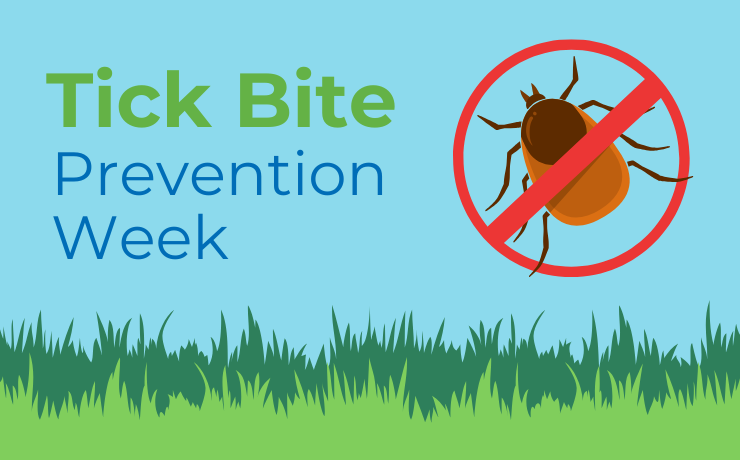Tick Bite Prevention Week 2025
25th March 2025

Understanding Ticks and How to Prevent Them
Ticks are external parasites that survive by feeding on the blood of humans and animals. Preventing ticks is crucial for both you and your pets, as some species can carry harmful bacteria that lead to Lyme disease and other serious illnesses. While not all ticks are infected, it’s always best to take preventive measures to reduce the risk. According to Public Health England, fewer than 10% of ticks in the UK carry the bacteria responsible for Lyme disease.
Can Pets Get Lyme Disease?
Yes! Lyme disease is a serious bacterial infection that affects dogs, humans, and—less commonly—cats. Symptoms in pets may include:
- Depression
- Loss of appetite
- Fever
- Lameness
- Swollen and painful joints
- Swollen lymph nodes
- Lethargy
If diagnosed early, Lyme disease can be treated with antibiotics. If you suspect your pet has Lyme disease, seek veterinary care immediately.
When Are Ticks Most Active?
Tick activity in the UK is highest in two peak seasons:
- Spring to early summer (March to June)
- Late summer through autumn (August to November)
Where Are Ticks Found?
Ticks that carry Lyme disease can be found throughout the UK, but they thrive in grassy and wooded areas. High-risk locations include:
- Exmoor
- The New Forest
- Rural areas of Hampshire
- The South Downs
- Parts of Wiltshire and Berkshire
- Parts of Surrey and West Sussex
- Thetford Forest (Norfolk)
- The Lake District
- The North York Moors
- The Scottish Highlands
How to Prevent Ticks
Protecting your pet from ticks involves using the right preventative treatments. Consult your veterinarian for the most suitable tick-control product based on your pet’s breed, size, and needs. Available options include:
- Oral medications
- Topical spot-on treatments
- Tick-repellent sprays
- Anti-tick collars
Checking and Removing Ticks from Your Pet
After outdoor activities, inspect your pet for ticks by running your fingers through their fur. Pay close attention to:
- Ears
- Around the eyes
- Between the toes
If you find a tick, use a proper tick-removal tool and follow the provided instructions to ensure safe removal.
For more information on tick prevention, visit PDSA.









